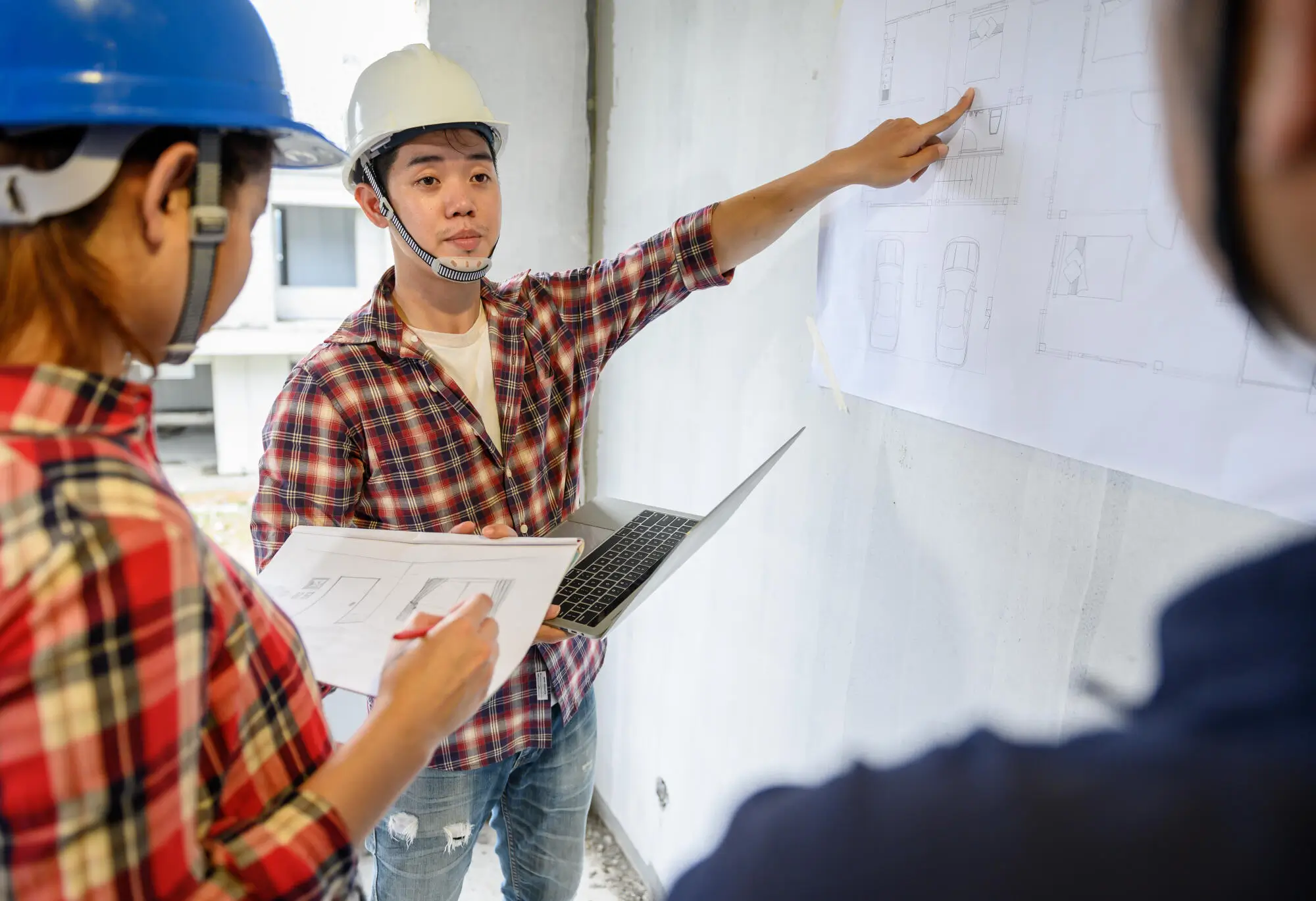If you're a property owner, you know how important it is to make sure your property is in the best shape possible. But if you're leasing it out, the only way to ensure that is through property inspections.
By proactively identifying maintenance needs and ensuring compliance with safety regulations, landlords can prevent minor issues from escalating into costly repairs.
Join us as we take a closer look into the significance of property inspections!
Why Property Inspections Are Essential
Regular inspections help landlords identify potential issues early, ensuring that small repairs don't turn into major expenses. There are three main reasons why property inspections are essential:
- Identifying maintenance needs
- Ensuring compliance
- Improving tenant relations
Identifying Maintenance Needs
Routine property inspections allow landlords to spot problems before they worsen. Issues like leaks, faulty wiring, or structural damage can be addressed promptly. It reduces long-term repair costs and keeps the property in good condition.
Ensuring Compliance
Inspections ensure that properties meet safety and health standards. Landlords are responsible for providing a safe living and working space. Regular checks help confirm that the property remains in line with local regulations.
Improving Tenant Relations
Consistent inspections show tenants that landlords care about the property and their well-being. It builds trust and increases the likelihood that tenants will stay longer.
Commercial Property Inspection and Its Role in Maintenance
Commercial property inspection is necessary for keeping large properties in good shape and protecting long-term value. Inspections help landlords identify potential risks and stay ahead of issues before they turn into costly repairs.
Routine inspections allow landlords to spot issues early and maintain the overall quality of their properties. By addressing wear and tear promptly, landlords can extend the lifespan of important building components like plumbing, electrical systems, and HVAC units.
Developing an Effective Property Inspection Routine
Creating a consistent property inspection routine helps landlords stay ahead of maintenance needs and avoid unexpected issues. A well-organized routine not only keeps the property in good shape but also ensures that all inspections are properly documented. It can be helpful for tracking repairs and showing proof of compliance with local regulations.
There are three key steps to building a reliable inspection routine:
- Scheduling regular inspections
- Using standardized checklists
- Documenting findings
Scheduling Regular Inspections
Setting a fixed schedule for inspections helps landlords keep up with property conditions. Whether quarterly or semi-annual, sticking to a schedule ensures that no inspections are missed.
Using Standardized Checklists
A checklist ensures that all areas of the property are covered during inspections. It reduces the chances of overlooking important details like plumbing, electrical systems, and structural elements.
Documenting Findings
Keeping records of each inspection allows landlords to track maintenance history. It helps with planning future repairs and can serve as evidence in case of disputes.
An effective routine makes inspections more manageable and improves long-term property maintenance.
Property Maintenance Planning
Property inspections are a key part of maintaining property value and ensuring tenant satisfaction.
PMI San Bernardino offers full-service property management for commercial properties, using advanced technology to keep owners informed and tenants supported. We prioritize safeguarding your investment through property inspections, responsive 24/7 maintenance, transparent communication, and more.
Get in touch today to find out how we can help with your inspections!


